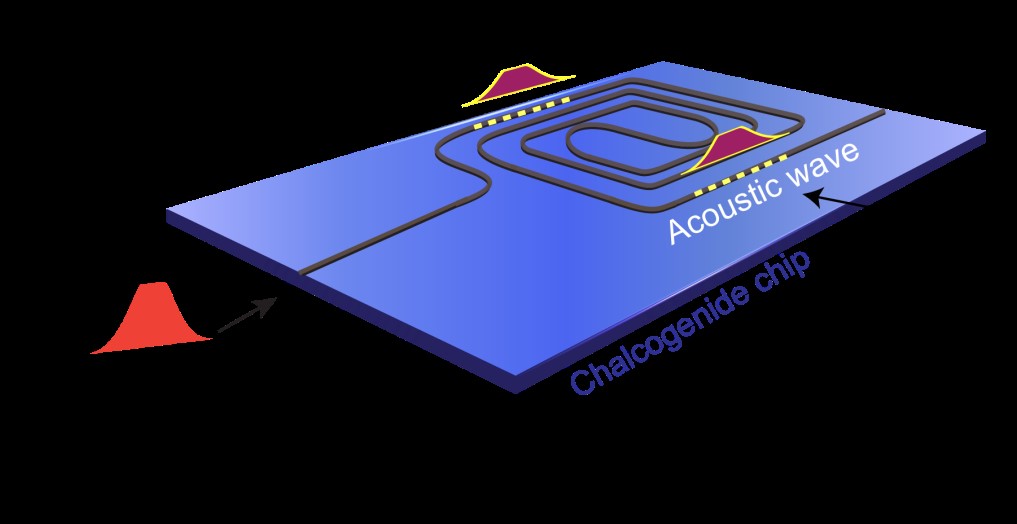https://www.sciencealert.com/breaking-light-was-just-stored-as-sound-for-the-first-time-ever
This seems interesting. A colleaugue just joked and said there is now an arguement to suggest that the speed of light can be slowed to 340.29 m/s….
https://www.sciencealert.com/breaking-light-was-just-stored-as-sound-for-the-first-time-ever
This seems interesting. A colleaugue just joked and said there is now an arguement to suggest that the speed of light can be slowed to 340.29 m/s….
stan101 said:
https://www.sciencealert.com/breaking-light-was-just-stored-as-sound-for-the-first-time-everThis seems interesting. A colleaugue just joked and said there is now an arguement to suggest that the speed of light can be slowed to 340.29 m/s….

I wish I’d thought of that. Yes, that would work.
As for the speed of light. First of all, light never travels at the speed of light. The “speed of light” is the speed that it would travel in a vacuum and there’s no such thing as a perfect vacuum. Light passing through glass or water travels enough more slowly than that in air to account for Snell’s Law.
Beyond that, light in a gas of rubidium, and other places, has been made top slow down. First to walking speed, a few metres per second. Then stopped completely. Then made to run in reverse.
Slowing light, eg. http://iopscience.iop.org/article/10.1088/1674-1056/22/11/114203 from the year 2013
Stopping light, eg. http://www.nature.com/nphoton/journal/v3/n2/full/nphoton.2008.290.html?foxtrotcallback=true from the year 2009
Light travelling backwards and faster than light, eg. https://www.livescience.com/790-light-travels-faster-light.html from the year 2006.
“We’re going to let Boyd do the explaining” for light travelling faster than the speed of light. And this next sentence is the crux of it all:
“We sent a pulse through an optical fiber, and before its peak even entered the fiber, it was exiting the other end. Through experiments we were able to see that the pulse inside the fiber was actually moving backward, linking the input and output pulses.”
“The pulse of light is shaped like a hump with a peak and long leading and trailing edges. The leading edge carries with it all the information about the pulse and enters the fiber first. By the time the peak enters the fiber, the leading edge is already well ahead, exiting. From the information in that leading edge, the fiber essentially ‘reconstructs’ the pulse at the far end, sending one version out the fiber, and another backward toward the beginning of the fiber.”